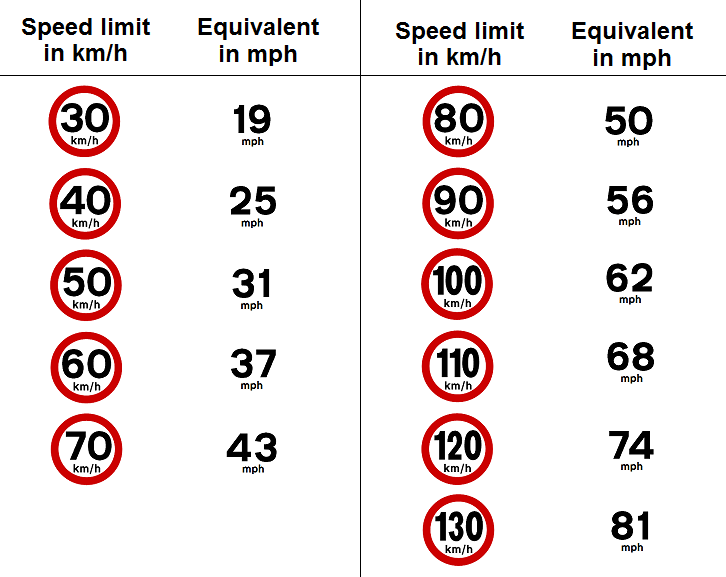When discussing supersonic speeds, one term that frequently arises is Mach, which refers to the speed of sound. Specifically, Mach 3 is a fascinating speed that represents three times the speed of sound. In this article, we will delve into how fast Mach 3 is in miles per hour (MPH) and explore the implications of reaching such extraordinary velocities. This comprehensive guide will cover the physics behind Mach numbers, comparisons with other speeds, and real-world examples of Mach 3 in action. Whether you are a student, a professional, or simply curious about the speed of sound, this article aims to provide you with a clear understanding of Mach 3 and its significance.
As we navigate through this topic, we’ll also examine various factors that influence speed measurements, such as altitude and temperature, which can affect the speed of sound in the air. By the end of this article, you will have a thorough grasp of Mach 3 in MPH, along with its relevance in aviation, military applications, and the aerospace industry.
So, without further ado, let’s explore the fascinating world of supersonic speeds and uncover how fast Mach 3 truly is!
Table of Contents
- What is Mach?
- Understanding Mach Numbers
- Mach 3 Speed in MPH
- Factors Affecting Speed of Sound
- Real-World Examples of Mach 3
- Mach 3 in Aviation and Military
- The Future of Supersonic Travel
- Conclusion
What is Mach?
The term "Mach" is named after the Austrian physicist Ernst Mach and is used to describe the speed of an object in relation to the speed of sound. Sound travels through air at a speed that varies depending on factors such as temperature and pressure. The Mach number is a dimensionless quantity, represented as the ratio of the speed of an object to the speed of sound in the surrounding medium.
Mach Numbers Explained
Mach numbers are categorized as follows:
- Subsonic: Mach < 1 (Slower than the speed of sound)
- Transonic: Mach ≈ 1 (Approaching the speed of sound)
- Supersonic: Mach > 1 (Faster than the speed of sound)
- Hypersonic: Mach > 5 (Significantly faster than the speed of sound)
Understanding Mach Numbers
Understanding Mach numbers is crucial for various fields, including aerospace engineering and meteorology. The speed of sound varies with altitude and temperature, so it is essential to take these factors into account when calculating Mach numbers.
Mach 3 Speed in MPH
To determine how fast Mach 3 is in miles per hour, we first need to understand the speed of sound. At sea level and at a standard temperature of 20 degrees Celsius (68 degrees Fahrenheit), the speed of sound is approximately 343 meters per second, which is about 767 miles per hour.
Therefore, to calculate Mach 3:
- Speed of sound at sea level = 767 MPH
- Mach 3 = 3 x 767 MPH = 2301 MPH
Thus, Mach 3 is approximately 2301 miles per hour at sea level under standard conditions.
Factors Affecting Speed of Sound
Several factors can influence the speed of sound, including:
- Temperature: The speed of sound increases with an increase in temperature. For example, at higher altitudes, the temperature is lower, which reduces the speed of sound.
- Humidity: The presence of water vapor in the air can also affect sound speed. Humid air is less dense than dry air, which can increase the speed of sound.
- Altitude: As altitude increases, the temperature generally decreases, which can lead to a lower speed of sound.
Real-World Examples of Mach 3
Mach 3 speeds have been achieved in various military and civilian aircraft. Here are some notable examples:
- Lockheed SR-71 Blackbird: A reconnaissance aircraft that operated at speeds exceeding Mach 3.
- North American X-15: An experimental rocket-powered aircraft that reached speeds of Mach 6.72.
- Concorde: A commercial supersonic passenger airliner that flew at speeds of approximately Mach 2.04, but its technology laid the groundwork for future supersonic travel.
Mach 3 in Aviation and Military
In the aviation sector, Mach 3 speeds are primarily associated with military applications, particularly in reconnaissance and combat aircraft. These speeds allow for quick deployment and evasive maneuvers, making them crucial in defense operations.
Military Applications
Some military aircraft designed for Mach 3 capabilities include:
- F-14 Tomcat
- MiG-25 Foxbat
- F-111 Aardvark
The Future of Supersonic Travel
The future of supersonic travel looks promising, with several companies working on developing next-generation supersonic aircraft. These advancements aim to reduce environmental impact, enhance passenger comfort, and lower operational costs while maintaining or exceeding Mach 3 speeds.
Conclusion
In summary, Mach 3 is an astonishing speed that is approximately 2301 miles per hour under standard conditions at sea level. Understanding supersonic speeds is vital for various fields, from aviation to aerospace engineering. As we continue to explore the potential of supersonic travel, we can look forward to innovative aircraft that could revolutionize air travel in the near future.
If you found this article informative, please leave a comment below and share your thoughts. Don’t forget to explore more articles on our site for further insights into aerospace and aviation topics!
Thank you for reading, and we hope to see you back here for more exciting content!




